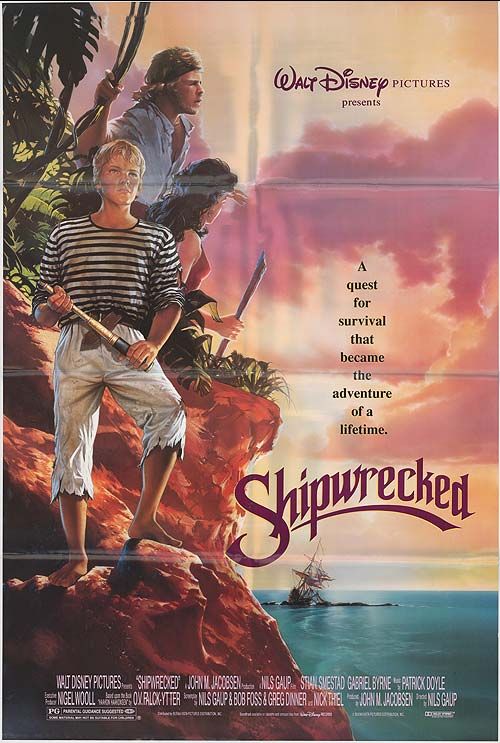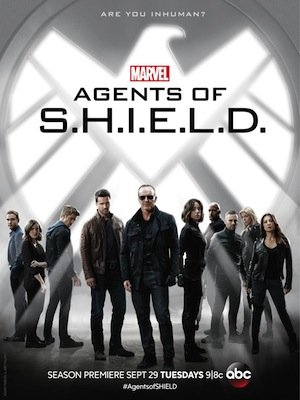
Irrefutable Proof of How The Mass Media Affects Us
By Dr. Ted Baehr, Publisher
Note: This article is an excerpt from Dr. Baehr’s book, “The Culture-Wise Family.”
“Do not be misled: Bad company corrupts good character.”
1 Corinthians 15:33 (NIV)
“You know that everything we’re exposed to influences us. . . . Those [violent] films influence us, and the TV programs we see influence us. The weaker your family is, the more they influence you. . . . The problems with families in our cities are catastrophic − but when you put violent programs [before] people who haven’t had a lot of love in their lives, who are angry anyway, it’s like pouring gasoline on the fire.”
Ted Turner[i]
“People sometimes say that the way things happen in the movies is unreal, but actually it’s the way things happen to you in life that’s unreal. The movies make emotions look so strong and real, whereas when things really do happen to you, it’s like watching television − you don’t feel anything.”
Andy Warhol[ii]
“Pornography, by its very nature, is an equal opportunity toxin. It damages the viewer, the performer, and the spouses and the children of the viewers and the performers. It is toxic mis-education about sex and relationships. It is more toxic the more you consume.”
—Dr. Mary Anne Layden
Fact: 97% of all American households own at least one television set – which is more than those possessing indoor plumbing or refrigerators.
Most parents intuitively know what the scientific and educational communities have confirmed over the last 75 years: the messages of popular culture are very “persuasive” in affecting behavior. Parents also realize children are designed to mimic adults, that they learn by copying adults and that the most exciting and the most frequent adult behavior they see and hear is displayed in the entertainment media.
So that you can make informed media decisions and help others to do the same, let’s look at some of the facts and research in this important area.
Irrefutable
There have been hundreds of thousands of psychiatric, psychological, sociological, pediatric, and medical studies researching the effects of the mass media on behavior, including laboratory experiments, field experiments, correlational studies, and longitudinal studies. [iii] So much research has been conducted in this area that one United States senator said that the influence of the mass media on violent behavior is now irrefutable.
Most people are unaware of this research because we get so much of our information from television, and television and other media executives have a self-interest in not emphasizing their influence on human behavior, except to exploit it through commercials.
Scientific research has focused both on the quality and quantity of violence on television. Most research has focused on the quantitative content analyses, especially whether the amount of violence on television was increasing or decreasing. Some of the early research that counted acts of violence didn’t examine the context of television violence. Qualitative analysis requires exact definitions of violence to determine whether the act was counted or not. For example, it’s necessary to decide if verbal violence should be counted or whether comic violence such as cartoons would be registered.
Consider a cartoon where a character is hit by a hammer, the character shakes his head and continues on his way. Many researchers consider this “happy violence,” the worst type of entertainment violence because it’s unrealistic. Such cartoon violence might encourage children to imitate it because it shows no consequences. Others think children understand that cartoons are make believe. Scholars have usually included cartoon violence.
Many movies aimed at children have contained excessive violence. The partly animated WHO FRAMED ROGER RABBIT has 52 acts of violence. The children’s fantasy movie, NINJA TURTLES, contains 194 acts of violence, many committed by the heroes, including kicking, concussion-dealing blows and characters delighting in inflicting violence.
The problem of what kind of violence to include and exclude in a study also pertains to slapstick humor and violent sports, which may make violence an acceptable or even desirable part of American life.
It’s helpful to look at violence within the framework of the context in which the violence occurs. Looking at the context focuses the research on distinguishing between violence that raises issues of concern and violence that doesn’t. It’s also helpful to use a broad definition of violence, such as violence is anything that involves physical harm of any sort, intentional or unintentional, self-inflicted or inflicted by someone or something else. Verbal violence is of secondary importance.
If violence was removed from all movies, television programs and other mass media, there would never be a documentary series such as THE CIVIL WAR or important movies such as SCHINDLER’S LIST and THE PASSION OF THE CHRIST. Portrayals of violence are necessary to tell stories that send anti-violence messages. The issue is not the mere presence of violence and other offensive elements, but the nature of these elements and the context in which they occur. Context is an important key to the determination of whether or not the use of certain otherwise questionable elements is appropriate.
Mass media violence is that violence portrayed by any of the methods of mass communication, including television, movies, video games, toys that are mass produced, comic books, the Internet, CDs, CD-ROMs, DVDs, and computers. Most of the research has to do with television, movies and pornographic materials.
A broad definition might yield a high violence count on a given television program or in a given medium. This isn’t important since the focus is on whether the violence raises concerns within the context of the show. For example, it’s possible that a situation comedy might yield several scenes of violence, but the context in which it occurs might lead to the conclusion that none of these scenes is inappropriate.
All violence is not created equal. It’s important to distinguish between uses of violence that raise concern and those acts which, because of their nature and the context in which they occur, do not.
It’s important to examine the full range of portrayals of violence in the media, including the type of violence your child has been exposed to if your family is at all typical of families in general.
Elementary, my dear Watson
Research into this area can be divided into deductive reasoning from prior principles and inductive reasoning from a set of specific observations. Using deductive reasoning, researchers posit the basic principles of human learning and then see if any of them predict a causal relation. Using inductive reasoning, researchers study the real-life behavior of a person after that person has been exposed to a measurable degree of excessive violence, pornography or another media influence.
There are several principles of learning from which experts deduce the influence of entertainment.
One is the principle of modeling. Research shows that children imitate, even from the moment of birth. Children follow the examples that are set for them, not only in real life, but also in literature. Parables are examples of teaching tales people have used to help children learn how to live. Research shows that the entertainment media provide “scripts” for a child’s future behavior.
Studies have looked at the real-life behavior of children and have counted their episodes of imitation of the violent or non-violent behavior.
In general, these laboratory studies demonstrate that when you present to children a filmed model of someone doing something, children are more likely to do that something after having seen the film. Experiments have shown that withdrawn children can even learn to socialize better if they are shown a video of a child gradually starting to make friends.
A second basic principle of learning is that the more one practices a behavior, the more ingrained it becomes. Even practice in imagination, or fantasy rehearsal, is an effective way of ingraining a pattern. For young children, dramatic play is the prototypical fantasy rehearsal method.
The third is the principle of reinforcement which holds that behavior that gets rewarded, gets repeated. Vicarious reinforcement also works. Characters in action and adventure movies are rewarded for their proficiency in violence. Often the reward for a male is the admiration of a beautiful woman.
The power of modeling, practice and reinforcement in human learning predict that media violence increases the likelihood of real-life violence.[iv]
The California Medical Association study found that 22% of all crime committed by juveniles is directly copied after what is seen in television programs right down to the minute gory details.[v] A study published in the JOURNAL OF THE AMERICAN MEDICAL ASSOCIATION shows one-third of the young male prisoners convicted of violent crimes say they were consciously imitating techniques they learned from television.[vi]
[i] Turner, Ted, LA TIMES/CALENDAR interview, 4/3/94.
[ii]Warhol, Andy, The Philosophy of Andy Warhol : From a to B and Back Again (New York: Harcourt Brace, 1975), ch. 6.
[iii] Rohde, Stephen F. & Kohn, Roger L. editors, “Report of the Beverly Hills Bar Association Ad Hoc Committee on Violence and the Media,” Beverly Hills Bar Association Journal, Spring, 1996, p. 4.
[iv] Strayhorn, M.D., Joseph, INFORMATION ON MEDIA VIOLENCE AND ITS EFFECTS ON CHILDREN, National Conference on Ratings and Ratings Boards, November 16, 1990.
[v] Hattemer, B. & Showers, R. DON’T TOUCH THAT DIAL: THE IMPACT OF MEDIA ON CHILDREN & THE FAMILY (LA: Huntington House Publishers, 1993) p. 128.
[vi] JOURNAL OF THE AMERICAN MEDICAL ASSOCIATION, June 10, 1992, p. 3059; quoted in MOVIEGUIDE ® Volume X#6: 950313
Questions or comments? Please write to us here.


 - Content:
- Content: 

